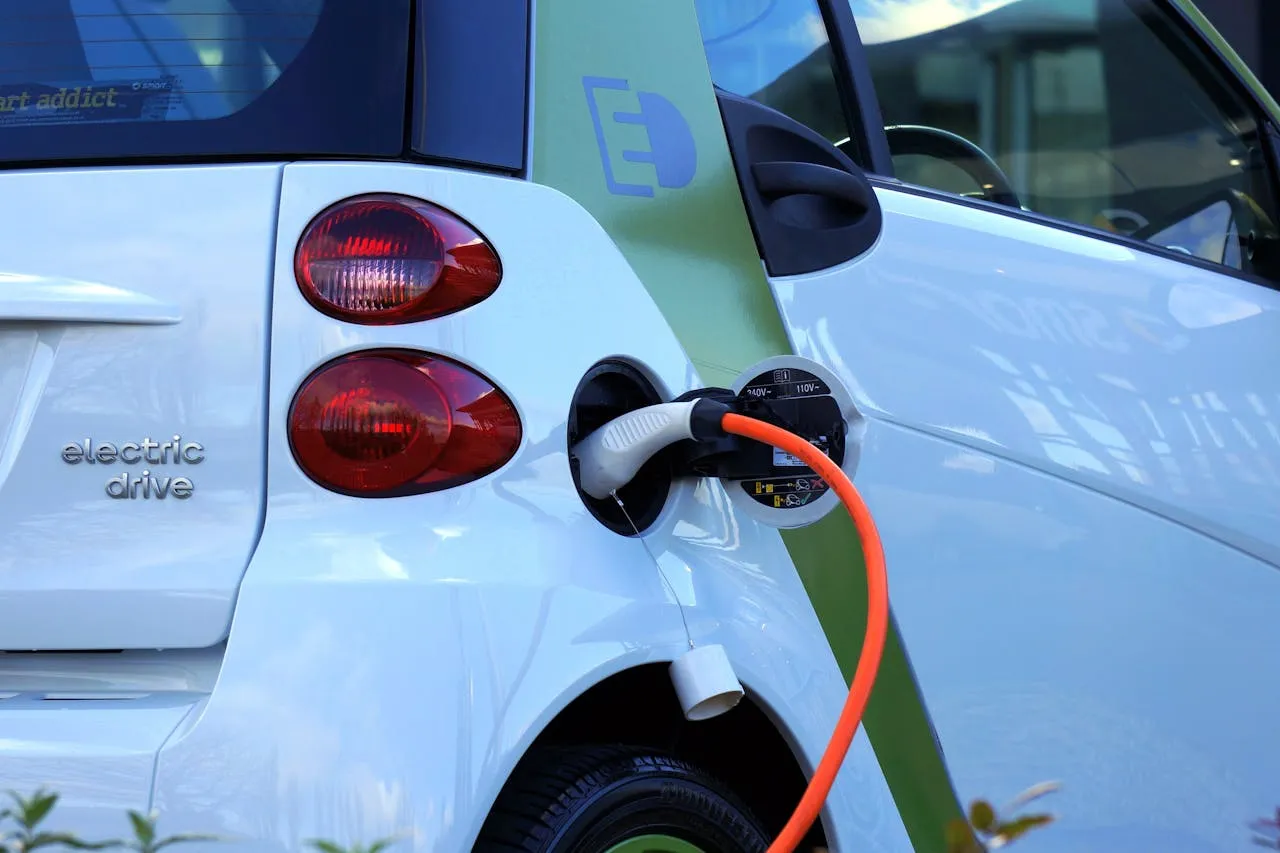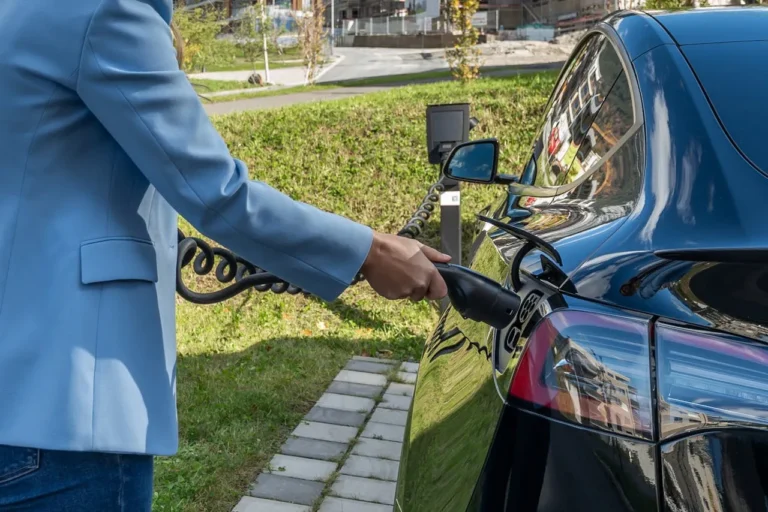
EV Batteries Plant Construction Market 2025–2030: Gigafactory Investments Driving the Future of Global EV Manufacturing
The momentum behind electric mobility is reshaping industries, economies, and infrastructure worldwide. Central to this transformation is the EV Batteries Plant Construction industry, a sector that is rapidly evolving in response to the unprecedented demand for electric vehicles (EVs). According to the newly released EV Batteries Plant Construction – Global Strategic Business Report by ResearchAndMarkets.com, the market was valued at US$12.4 billion in 2024 and is forecasted to nearly double to US$24.0 billion by 2030, representing a compound annual growth rate (CAGR) of 11.7%.
This surge highlights how EV battery plants—often referred to as “gigafactories”—are becoming the backbone of the electrification era, enabling automakers, governments, and technology providers to meet ambitious sustainability goals.
Why EV Battery Plants Are Booming
The primary driver of battery plant construction is the explosive growth in global EV adoption. Governments and consumers are converging around the need to reduce greenhouse gas emissions, move away from fossil fuels, and embrace sustainable transportation.
- Consumer adoption: Demand for EVs is accelerating as costs decline, charging networks expand, and performance improves.
- Government policies: Subsidies, tax rebates, zero-emission mandates, and stricter emissions regulations in the U.S., EU, and China are pushing automakers to electrify.
- Industry response: Automakers are aggressively scaling up EV production, which requires a reliable supply of batteries. To achieve this, they are partnering with construction and engineering firms to develop world-class manufacturing facilities.
As a result, the EV battery plant construction sector has become a strategic priority not only for automakers but also for governments looking to secure domestic supply chains.
The Role of Technology in Plant Development
Technological advancements in battery chemistry and production methods are fundamentally reshaping the design and construction of new plants.
- Solid-state batteries: Seen as the “next big leap,” these promise higher energy density, faster charging, and enhanced safety compared to traditional lithium-ion batteries. Plants are now being designed with the flexibility to transition toward solid-state production.
- Automation and robotics: Automated assembly lines, robotic quality control, and AI-driven predictive maintenance are streamlining operations, improving efficiency, and reducing labor dependency.
- Battery recycling: Closed-loop systems that recover lithium, cobalt, and nickel are being integrated into plant blueprints, addressing both raw material scarcity and environmental concerns.
These innovations ensure that newly built facilities remain future-proof while aligning with sustainability goals.
Government Incentives Fueling Growth
Public policy remains a decisive factor in driving investments:
- United States: The Inflation Reduction Act (IRA) has triggered a wave of foreign and domestic investments, particularly from Korean and Japanese firms eager to qualify for U.S. tax incentives.
- European Union: The EU’s “Fit for 55” and Green Deal initiatives prioritize local battery supply chains, spurring construction across Germany, France, Italy, and Eastern Europe.
- China: Already a dominant force in battery production, China continues to build new plants, consolidating its lead while exploring global expansion.
Together, these policies are creating a regional diversification of battery manufacturing, reducing reliance on single markets and strengthening supply chain resilience.
Market Segmentation Insights
The report breaks down the market across several dimensions:
- By Component
- Building & Infrastructure: Expected to reach US$7.7 billion by 2030, growing at 10.7% CAGR.
- Machinery & Equipment: Matching the overall industry growth with 11.7% CAGR, as investments in advanced manufacturing tools intensify.
- Energy Storage Systems & Control Automation: Becoming vital to ensure efficient energy management and process optimization.
- By Construction Type
- New Plant Construction: Gigafactory-scale projects dominate this category.
- Plant Expansion: Existing facilities are being upgraded to meet higher capacity and integrate new chemistries.
- Renovation Projects: Older sites are being modernized for efficiency and environmental compliance.
- By Geography
- United States: Estimated at US$1.5 billion in 2024, the country is experiencing one of the world’s fastest booms in gigafactory investments.
- China: Projected to grow at 11.0% CAGR, reaching US$14.5 billion by 2030—by far the largest market.
- Europe: Germany, France, Italy, and the UK are aggressively expanding capacity in response to EU mandates.
- Japan & Canada: Smaller but strategically important players focusing on specialized technologies.
- Asia-Pacific & Rest of World: Emerging hubs are exploring opportunities to capture regional EV growth.
Challenges Facing the Industry
Despite the optimism, the sector faces significant hurdles:
- Raw material shortages: Lithium and cobalt demand is skyrocketing, raising concerns about long-term availability and costs.
- Environmental sustainability: Mining practices, carbon footprints, and recycling challenges threaten the industry’s green credentials.
- Policy uncertainty: Shifts in government priorities or subsidy rollbacks could slow investment momentum.
- Project bankability: With construction costs running into billions, financial risks remain high unless backed by strong partnerships and policy guarantees.
How companies navigate these obstacles will determine the stability of the industry’s growth trajectory.
Emerging Trends Shaping the Future
The report highlights several transformative trends:
- Gigafactory enthusiasm: Large-scale projects are multiplying worldwide, reflecting the urgency to match EV adoption curves.
- Strategic partnerships: Automakers are entering joint ventures with battery makers and construction firms to share risks and accelerate timelines.
- AI-driven optimization: Artificial intelligence is being integrated into plant design, predictive maintenance, and supply chain management.
- Renewable-powered facilities: Plants are increasingly being designed to run on solar, wind, or hybrid renewable energy sources.
- Circular economy models: Recycling plants and second-life battery applications are gaining traction as part of the sustainability strategy.
Competitive Landscape
The industry features a mix of global construction giants and specialized engineering firms working alongside leading automakers and battery manufacturers. Key players profiled include:
- Bechtel Corporation
- Fluor Corporation
- AECOM
- Jacobs
- ABEL Construction
- Clayco
- Barton Malow
- Gray Construction Company, Inc.
- Kajima Building & Design Group, Inc.
- LG Corporation (representing the battery production side)
Their combined expertise spans everything from civil engineering and safety compliance to advanced automation and integration of next-generation battery technologies.
Sustainability at the Core
As the industry scales, sustainability has become both a challenge and an opportunity. The push toward green manufacturing is visible in:
- Closed-loop recycling systems to minimize waste.
- Low-carbon construction methods to reduce emissions during plant development.
- Integration of renewable energy into facility operations.
These steps not only enhance environmental responsibility but also boost competitiveness as regulators and consumers demand cleaner supply chains.
Outlook: Will the Supply Meet the Demand?
With EV sales projected to rise sharply through the next decade, the pressing question is whether the current pace of plant construction will meet future battery demand. While the breakneck expansion of gigafactories suggests optimism, bottlenecks in raw materials, financing, and policy execution could pose risks.
Still, the overall trajectory points toward a sustained global boom in EV battery plant construction—one that is critical for enabling the mass adoption of electric mobility.







